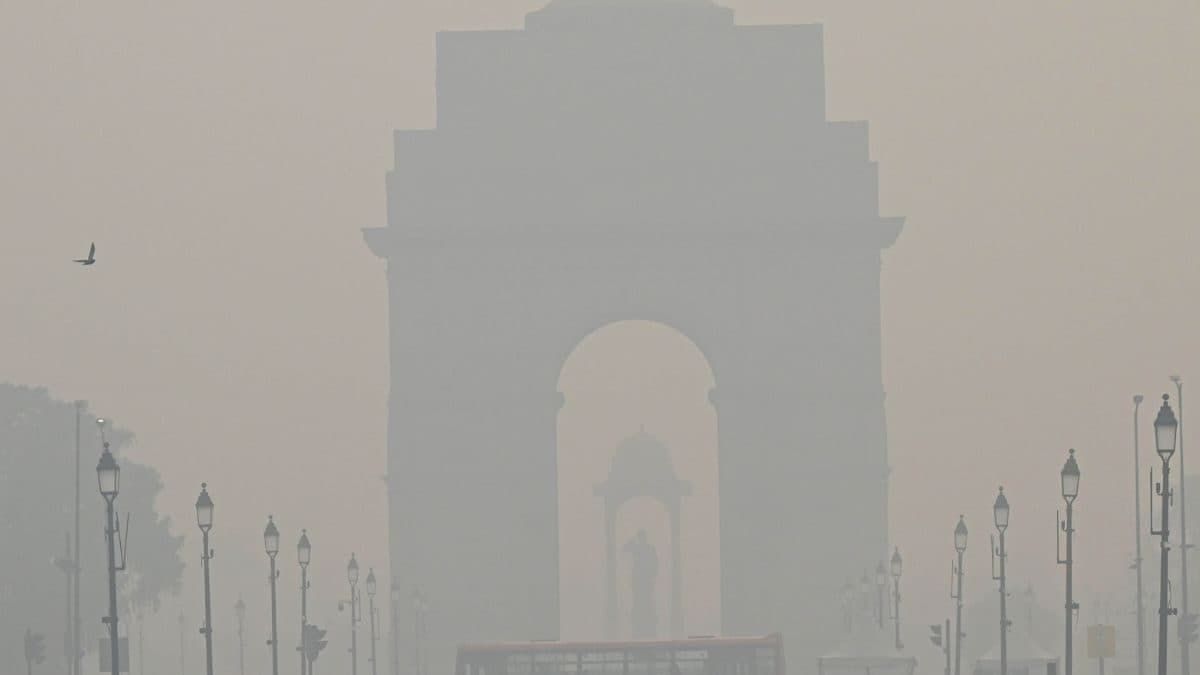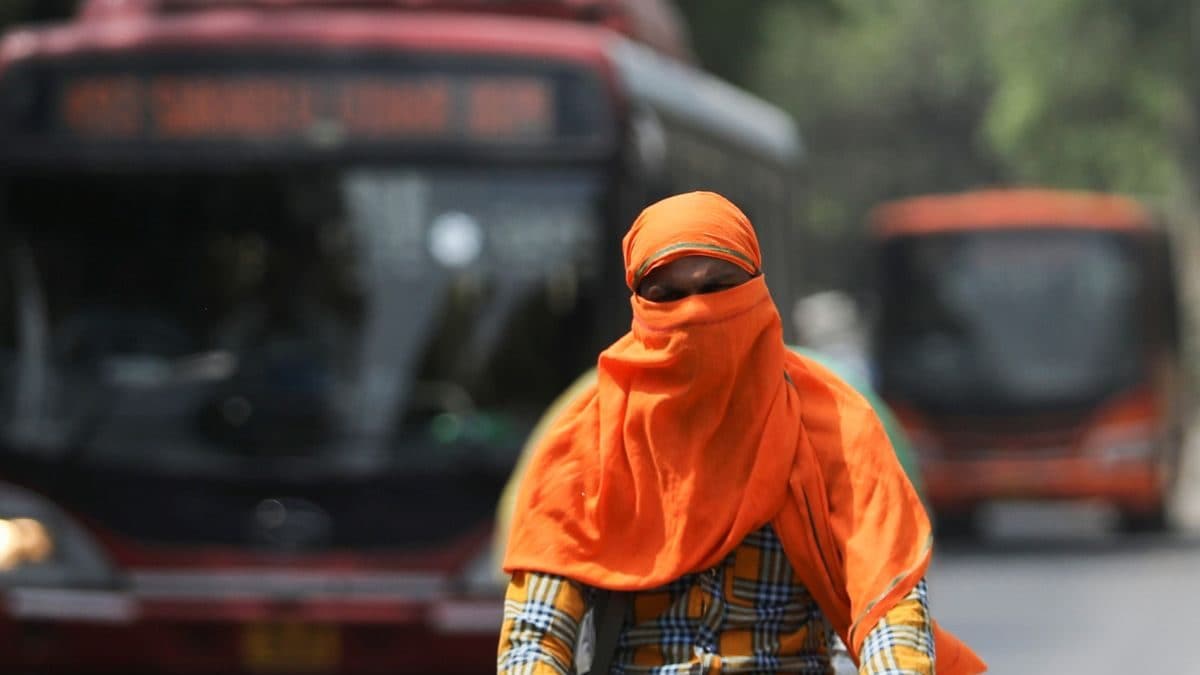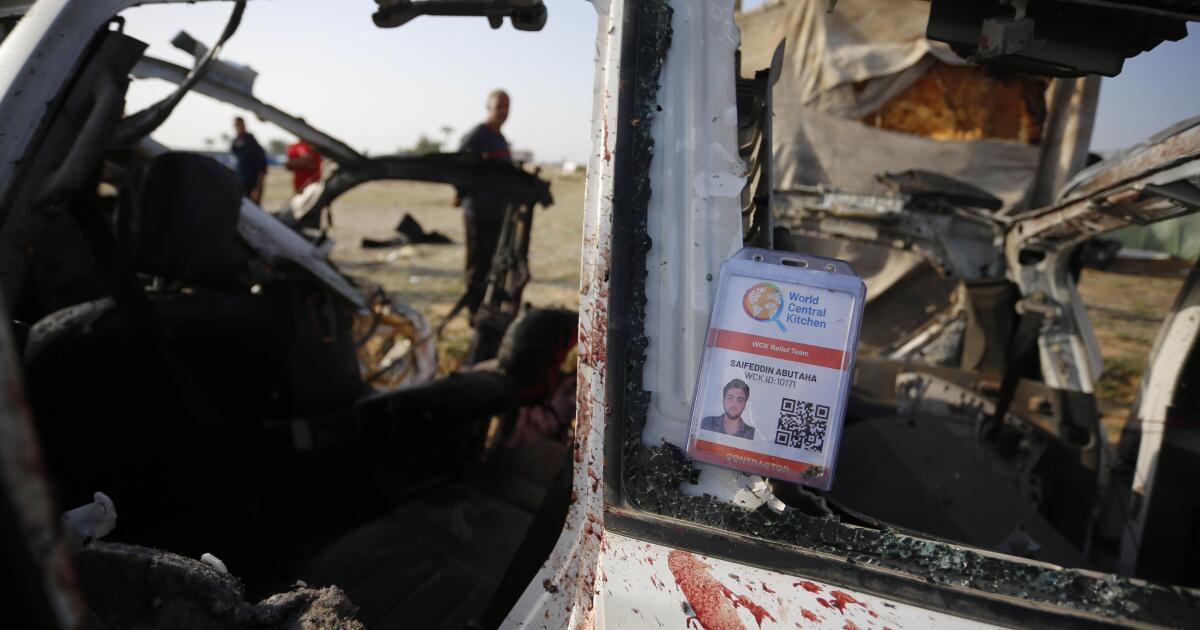In unrecognized settlements of Delhi, including Gokulpuri, Bhalaswa, Nandnagri and Bakkarwal, a commendable initiative is underway to combat air pollution, led by empowered women trained by Mahila Housing Trust (MHT) and Help Delhi Breathe.
Acting as AQI ambassadors armed with portable air quality monitors, people like Mumtaz Ben, 49, a dedicated CAG member in the Sawda community, play vital roles. Mumtaz, his mandal leader, actively participates in MHT training sessions on water, sanitation, climate change, air pollution and land rights. His ability to motivate and educate community members, along with his strong engagement with government stakeholders, amplifies the impact of the awareness campaign.
Similarly, Jarina Ben, 46, a seasoned AQI ambassador in the Sawda community, tirelessly advocates for the betterment of the community through engagement with government departments and collaborative efforts with women in her community.
Saroj Ben, 39, AQI ambassador in the Bakkarwala community, is not only raising awareness about air pollution but also expanding her efforts to address its impact on construction workers. By leading her Mandal, Ella Saroj inspires other women in her community to actively contribute to improving her living environment. Together, these women exemplify the transformative power of grassroots initiatives to address pressing environmental issues.
1. Can you give us more details about the specific training provided to these ambassadors?
Mahila Housing Trust works with the community in Bakkarwala, Sawda Gehra, Gokulpuri, Nand Nagri and Bhalaswa areas of New Delhi. Residents of these areas work mainly in the informal sector: construction workers, day laborers or self-employed workers.
In the trainings, women leaders are informed about air pollution and its health impacts, providing them with practical measures to reduce its health impacts (tips to improve indoor air quality, ventilation, switching from chulha to gas , etc.). The training also trains them in the use of small portable ICA monitors and in reading and recording this data. By using this device, trained AQI ambassadors can engage others in their community and neighborhood on the issue and, through it, demonstrate the impact of polluting activities in real time.
Within the framework of this initiative, AQI ambassadors also receive knowledge about government social protection and welfare plans. They take this knowledge forward and facilitate access to these schemes by helping to update records or making identification cards.
2. How have AQI ambassadors managed to raise awareness about pollution within their respective communities?
Answered in part above.
Since the beginning of the initiative, more women have joined the campaign and awareness campaigns and have signed up from their communities. Women recognize that air pollution causes illness in their families, from young children to the elderly, causing difficulty breathing, rashes, allergies and cardiovascular problems.
Equipped with AQI wearable devices, women were able to report on air pollution levels in their local area and share tangible evidence of the dangerous levels of air pollution they were experiencing. These women also learned how to use the 'Green Delhi' app, an app that allows citizens to report cases of pollution to the Delhi government.
In places like Bhalaswa, which is a dumping ground where most residents are involved in waste segregation and recycling, the challenges caused by the polluted environment increase. People are actively looking for ways to improve the air quality around them for the health of their families.
3. Could you share specific examples of how Mumtaz Ben, Jarina Ben and Saroj Ben are making a visible impact within their communities?
AQI ambassadors have been instrumental in creating positive changes in their communities; They often go door to door to raise awareness and solve problems in their neighborhoods. Anecdotally, they have shared that they go with their AQI monitors to construction sites to demonstrate how high the contamination is, using it as a means to talk to the contractor/employer about protective measures for workers, such as spraying water, covering rubble with green cloth, etc. In winter, they also talk to people about burning garbage and scrap metal and encourage them to find other low-cost thermal heating solutions. The women have shared how they have encouraged people in their communities to give up chulha in favor of gas, explaining and showing them the levels of indoor pollution.
Some women now leave their children and do not take them with them to construction sites, they leave them with neighbors, nearest aanganwadis, etc.
4. What are the different challenges that the ambassadors faced in their efforts to raise awareness or combat pollution in the context of informal settlements?
People employed in the informal sector face multiple vulnerabilities due to the nature of their jobs, from precarious income streams, lack of job security to the negative impacts of working in often dangerous conditions. These people also contribute the least to climate change, but are the most affected by extreme weather conditions and pollution. Health and livelihoods are good entry points to collaborate with community and decision makers to achieve tangible improvements for citizens. People often share that they want to move away from polluting activities like burning garbage to keep warm or adopting gas instead of chulha, but they can't because they can be costly to them.
One of the biggest challenges is that women on construction sites feel unable to speak up to improve conditions on site for fear of losing their jobs, which is also alluded to in the baseline data shared above. Through awareness initiatives, the community is encouraged to find solutions that work for them, such as engaging with contractors on protective measures at construction sites and accessing government protection schemes (such as e-shram, welfare schemes maternal and child, etc.).
5. Is there a tangible difference in pollution?
The initiative is working with the audiences most affected by air pollution; we may not be able to show a direct reduction in pollution; however, communities articulate sources and advocate for solutions. For example: the community believes that construction works should not be prohibited, since this leads to loss of wages for workers. Instead, vehicle emissions can be reduced, public transport promoted and construction sites made cleaner.
In informal settlements, garbage burning, limited access to adequate ventilation and lack of green spaces were identified as being closely related to air pollution problems. Women began using government platforms to engage and report on local issues. The Delhi government's Green Delhi app was a welcome step: many women reported that solid waste management needs to alert authorities about pollution issues for faster resolution.
The biggest change has been in the way women come together to express their needs, to demand better workplaces or better waste disposal practices. As a stable income and livelihood remains a priority for them, they highlight how construction bans affect them and instead talk about measures to control air pollution.
6. How do ambassadors connect their communities with government health and social protection plans and what has been the response from government stakeholders?
As part of the awareness initiative, the government health plans that were most relevant to this audience were mapped. Information about accessing these programs was designed in a simple brochure for AQI Ambassadors to use to assist in their conversations with the community. They provide information on how to access the schemes, the documents required and where to access the schemes from. In many cases, they have also helped update official identification records (such as Aadhar, e-shram, etc.)
7. Are there plans to expand this initiative to other informal settlements?
We are currently working with the community in Bakkarwala, Sawda Gehra, Gokulpuri, Nand Nagri and Bhalaswa areas of New Delhi with AQI ambassadors. Through public art events, the Help Delhi Breathe and Mahila Housing Trust initiative will also interact with people from Kathputli Colony, Geeta Nagar and Nehru Nagar. The initiative has also had a constant presence at Delhi's Raahgiri Days. Help Delhi Breathe is also working with community organisations, Bucketlist and CSEI, to conduct awareness campaigns and door-to-door information drives, aiming to reach 1,500 people.
8. What type of overall impact is expected from this initiative?
The overall impact is aimed at increasing public awareness, enabling people in the informal sector to express their needs and enabling access to government social welfare schemes through community participation. The biggest change has been in the way women come together to express their needs, to demand better workplaces or better waste disposal practices. As a stable income and livelihood remains a priority for them, they highlight how construction bans affect them and instead talk about measures to control air pollution.












